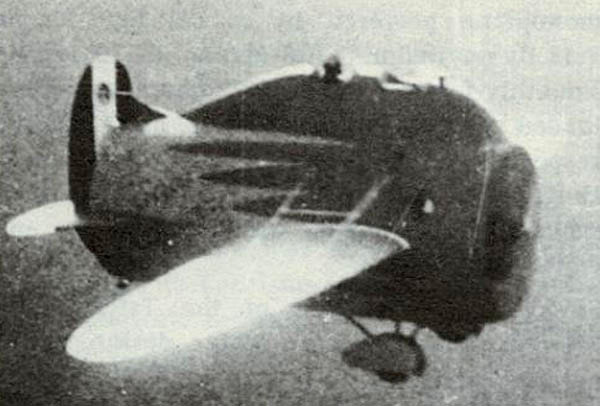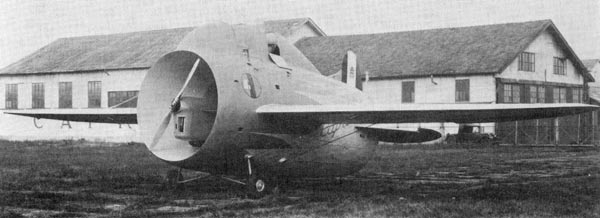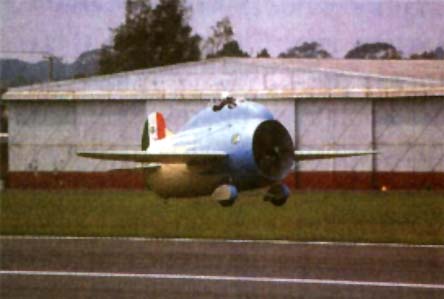
Luigi Stipa was highly skilled in mathematics and aeronautical engineering, honed his talent at the Engineering Division of the Italian Air Ministry. When he was commissioned by the Italian government to create a state-of-the-art plane, he applied his skillset to develop a strangely shaped flying barrel plane.

Stipa thoroughly researched Bernoulli’s concepts of fluid dynamics to determine how to shape the plane’s components. He found that for the propeller to work optimally, the ratio between the tube and the propeller had to be precise for the propeller to rotate. Stipa developed a tapered Venturi tube to integrate into the fuselage. For maximum efficiency, the internal surface of the Venturi tube had to be molded like an airfoil. The barrel-shaped fuselage contained the propeller, engine, and single ducted fan. This design was most definitely a step toward catapulting the concept and research of jet propulsion used when passing other jets while in motion.
The result of this endeavor was a monoplane made of wood with two open cockpits. Its length was 19 ft. 4 in. with a wingspan of 46 ft. 10 in. It weighed 1,760 lbs. and had a Thermojet system encompassing a 90-kW de Havilland Gipsy III inline piston engine. While in flight, this plane could go up to 81 mph with a landing speed of 42 mph. Instead of having a propeller, the plane used a fan compressor that moved air into an ignition chamber where it was combined with fuel at levels of high pressure. To generate thrust, it was ignited. This concept can almost be compared to the general concept of a ducted fan or a pulse jet.

Stipa-Caproni’s first test flight occurred in 1932. A large aerodynamic drag was noted from its intubed propeller as it flew in the sky. Unfortunately, this plane’s performance capabilities did not surpass the functionality of conventional aircraft already in existence. The lack of Stipa-Caproni’s speed and movement flexibility were the main reasons why the design was not considered for military operations where speed was crucial.
Story via Fly.historicwings.com
Advertisement
Learn more about Electronic Products Digital





